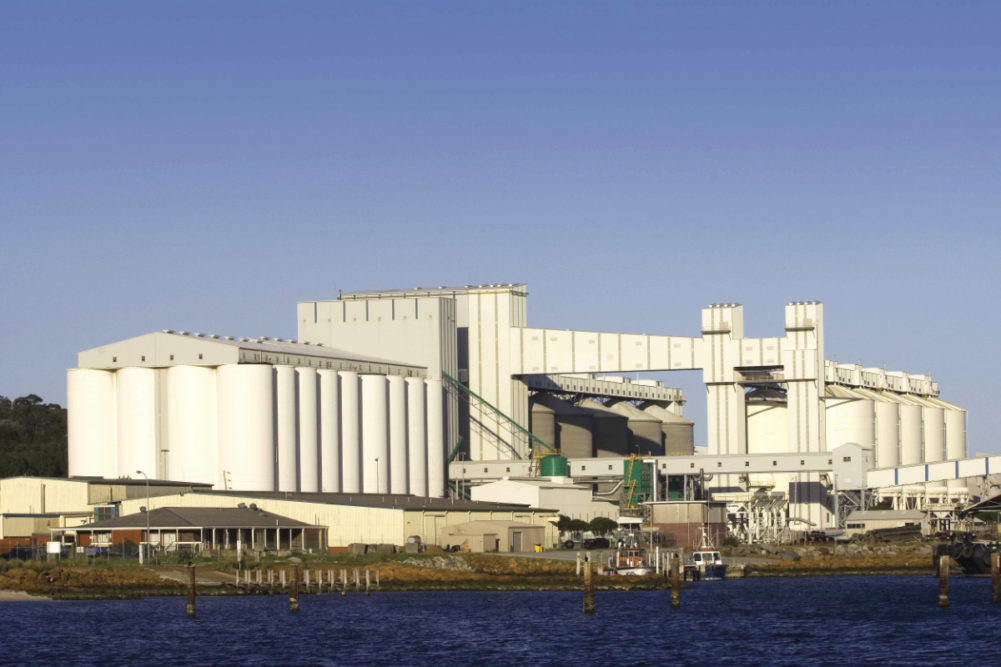WEST PERTH, AUSTRALIA — Despite challenging weather issues the CBH Group completed its 2019-20 harvest by receiving 9.7 million tonnes across its network.
Ben Macnamara, general manager of operations at CBH, said the 2019 growing season conditions presented some challenges.
“With a season like what we have just encountered it was anticipated that we would see wide variability in crop quality, so we proactively planned a number of niche and off-grades to be made available if and when the need presented,” Macnamara said. “We aim to find the balance between maximizing marketing opportunities for growers via offering additional segregations, costs incurred from offering those segregations and what is practically possible on sites.”
The co-op used technology to help plan segregations and ensure efficient delivery service.
“The use of technologies like Paddock Planner and the CDF app also assists CBH to plan segregations,” Macnamara said.
The CDF app was utilized throughout the season with 91% of total tonnes delivered using the app, up from 69% last year.
The CDF app offers a smoother delivery process and helps to understand site cycle times and identify bottlenecks. This information allows site managers to act quickly to address issues and highlights where potential investment is required in the future.
CBH said its Albany zone weathered the hard finish better than other zones, with some areas of the zone experiencing above average yields and quality.
On Dec. 19, 2019, CBH’s Cranbrook site surpassed its season receival record receiving 412,000 tonnes. The site’s previous record was 394,354 tonnes set in 2014.
Macnamara said site improvements made before harvest contributed to a better grower experience.
“Cranbrook was one of nine network strategy sites that received a major upgrade prior to harvest this year,” he said. “We added 152,000 tonnes of storage through six new open bulkheads as well as three new conveyor loading systems and one upgraded conveyor loading system to speed up throughput.
“Works to improve traffic flow also helped reduce cycle times for growers at the site, with an average cycle time of 42 minutes, which is a significant improvement on last year. The performance at Cranbrook is particularly impressive considering that the site had a record-breaking season.”
The average network cycle time was 37 minutes, compared to 43 minutes last year. CBH attributes the six-minute improvement to a combination of enhanced site processes, better use of technology and a smaller crop this year.
CBH is now focused on outloading grain safely and efficiently to meet the requirements of a fully booked shipping stem for the first part of the year.




